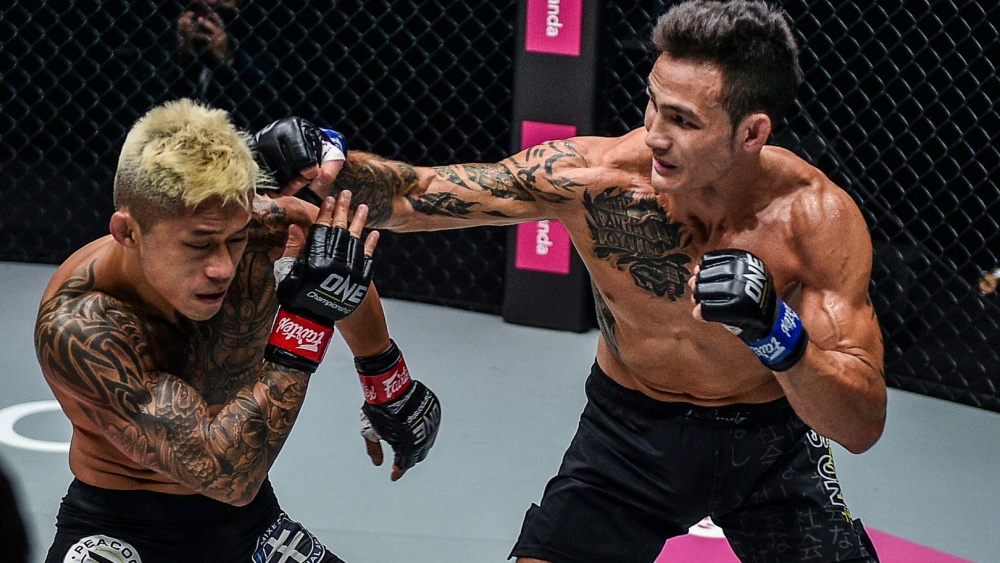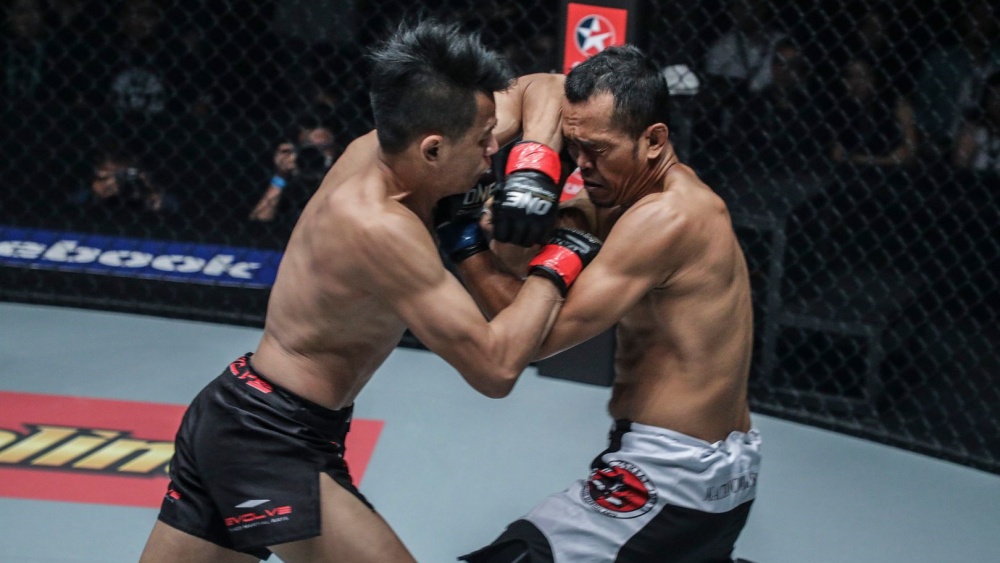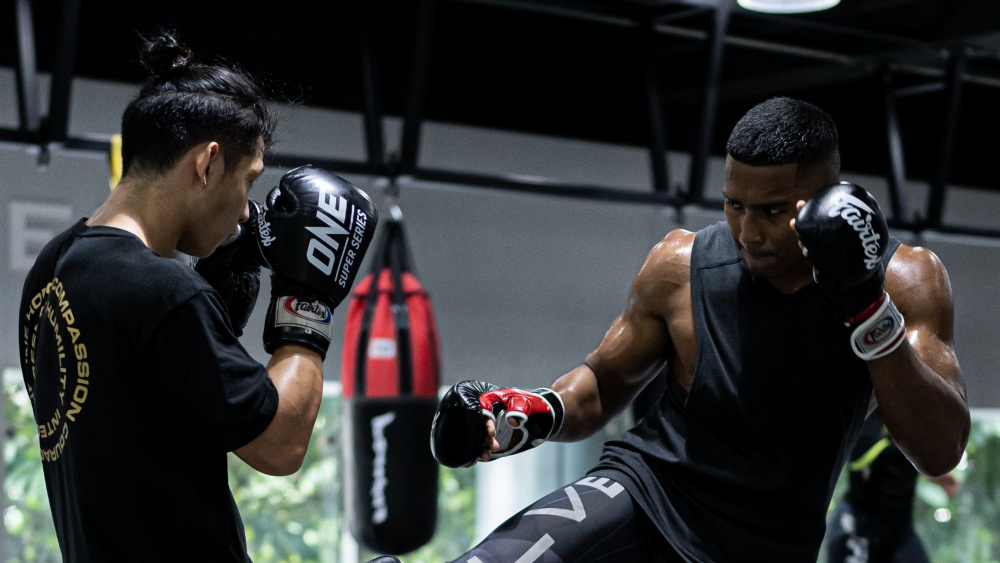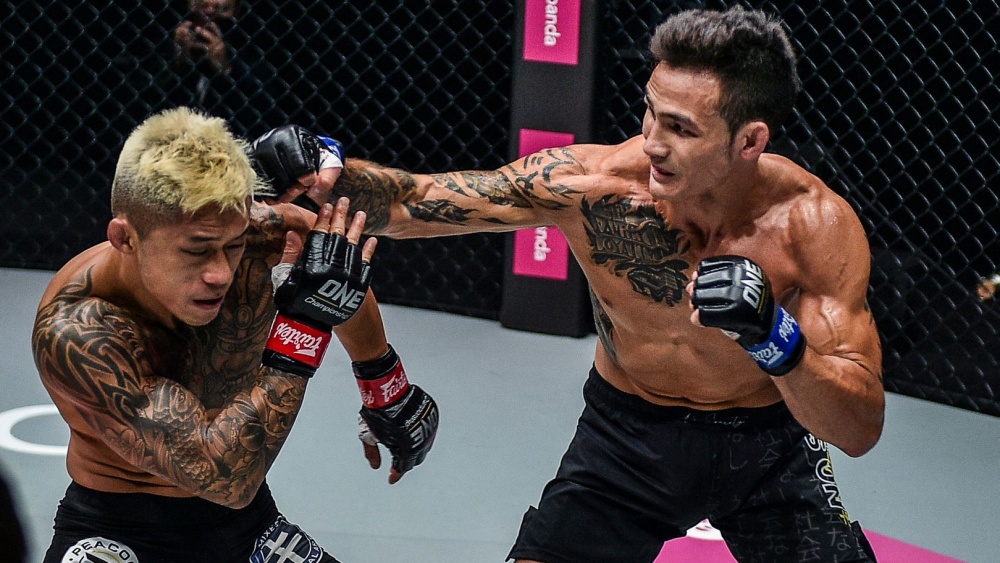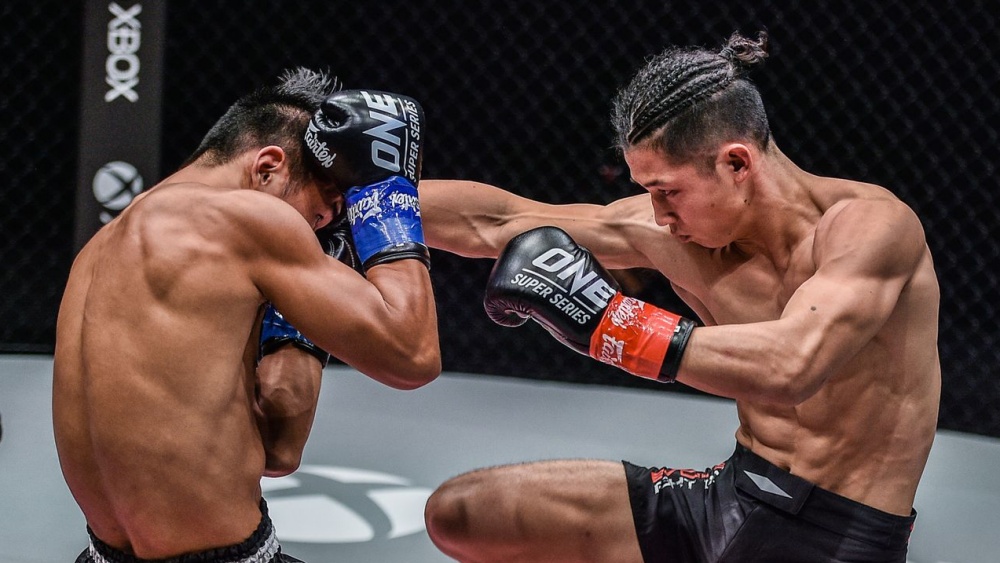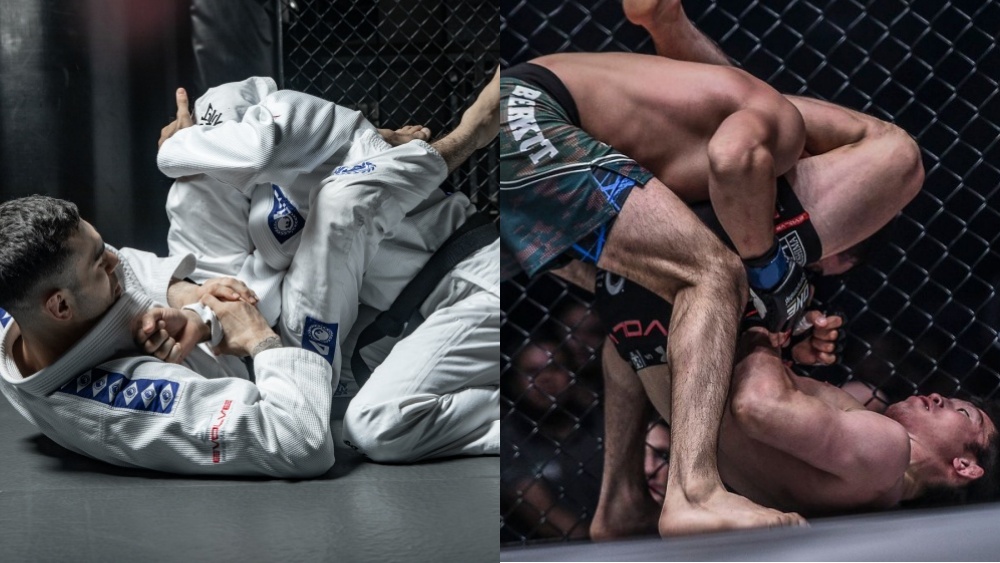Strength training is an essential part of any fighter’s training regimen. Many MMA fighters use Olympic-style weightlifting to build muscle and improve the connection between their mind and body. However, tendon strength is often overlooked, leading to injury and pain that accumulates through years of training.
In recent years, the importance of tendons, ligaments, and fascia has come into the limelight, leading to more effective training regimens and overall better-performing athletes. Today, Evolve is pleased to share five reasons why tendon strength training is important for MMA.
Injury Prevention
Injuries are an often overlooked aspect when it comes to the discussion of modern mixed martial arts and athleticism in general. Even though we are in an unprecedented era of growth for MMA, injuries such as ACL, MCL, LCL, and PCL tears are quite common. Muscular strength is important but does not aid in the prevention of such injuries compared to a training regimen centered around connective tissue of the human body.
Tendons and ligaments are part of the larger skeletal system, which connect bone to bone and bone to muscle. They are part of the fascial network in the body, which is crucial for preventing injuries. Tendons, ligaments, and fascia are all primarily made up of collagen and are responsible for our ability to move. The fascial network wraps around our entire body and helps stabilize our body while we are in motion.
Fascia behaves in a non-Newtonian fashion – in other words, fascia changes viscosity when force is exerted upon it. When fascia is exposed to pressure, it stiffens and becomes more rigid to support the bones, muscles, and tendons around the area.
An example of this is isometric exercises such as a plank. The contraction of your abs and glutes sends an electrical impulse through the fascial network, allowing the body to become rigid. The fascial network has its own set of nerves that respond to the electrical stimulation caused by contracting muscles.
In contrast, deep, intentional breathing activates your central nervous system and signals fascia to become more viscous. You can see this mechanism at work by observing dancers, yogis, and gymnasts. The breathing patterns for each of these sports allow athletes to switch between stiff and fluid fascia at will.
Increase Strength And Power
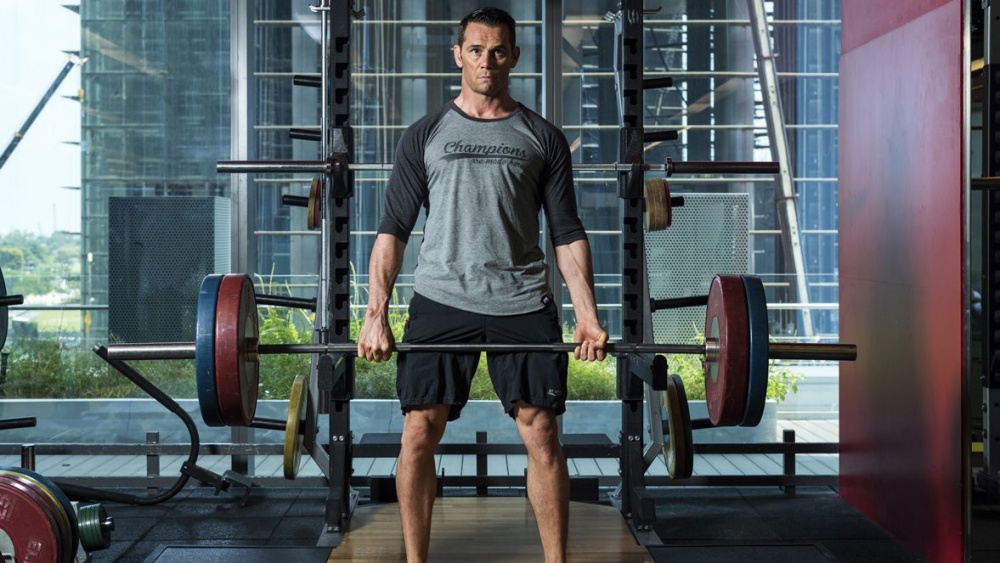
Now that we know the link between tendons, ligaments, and fascia, we can look at how this affects MMA athletes. The development of the connective tissues is a big part of what separates the average and world-class fighters.
For example, it’s known that training your glutes improves your power; however, it was only recently discovered that fascia, as well as muscle, is the mechanism at work. The glutes are the largest muscles in your body, and they work in conjunction with the fascia to produce force. The layer of fascia that wraps around the glutes is extremely dense and contains the most neurons in the human body.
This is why exercises such as deadlifts and hip bridges are so effective at building power and strength. They are strengthening the muscular, fascial, and neural networks in your body all at the same time. This allows your body to become stronger and more efficient at the same time, doubling your gains.
For MMA, this can give any fighter a huge advantage in the clinch and any grappling situation. Training your tendons makes you stronger and more resilient to limb submissions. For fighters that prefer striking, training your fascial network allows you to throw more strikes with less effort, all while increasing your power and speed output.
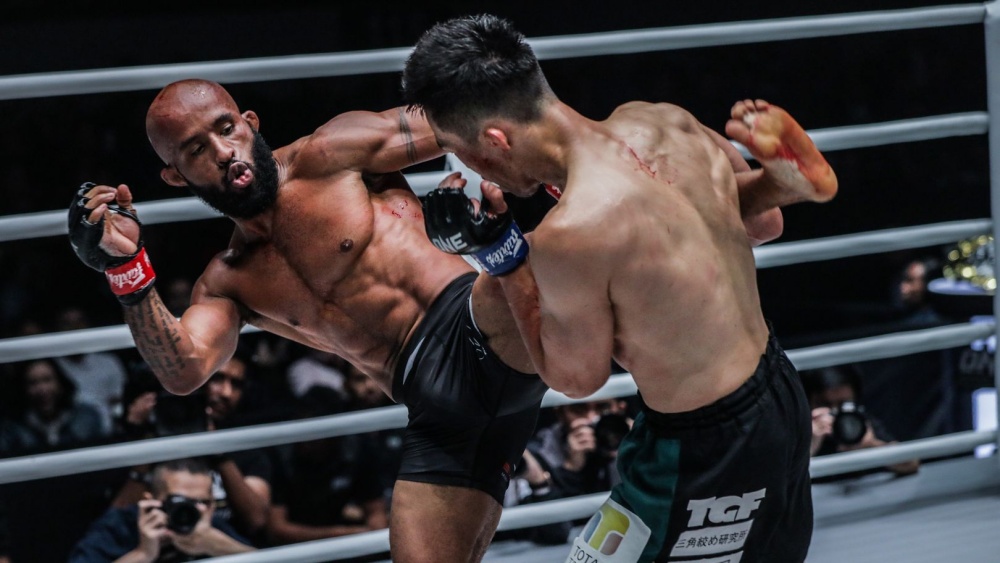
Training your tendons as a part of your fascial network works wonders for increasing both your physical and mental speed. Fighters who are lightning-quick can go from a state of fascial stiffness to viscosity in the blink of an eye.
This is one of the reasons why weightlifting, while beneficial, does not increase a fighter’s speed by itself. As mentioned, the fascial network contains as many or more neurons as our central nervous system. These neurons are a big part of a fighter’s reaction speed.
Activities such as yoga allow us to tap into, and improve, our neural connections, which in turn increases our mental speed as well as our recovery time. Everyone has a different genetic tendency towards fascial stiffness and viscosity.
For example, fighters with a natural bounce in their movement are often predisposed to having more fluid fascia. Conversely, fighters that appear stiff, but have insane knockout power have a predisposition to fascial stiffness. Training your tendons and connective tissue will let you discover your strengths and weaknesses. Knowing these can help you form an effective fighting style that is unique to your body.
Increase Recovery
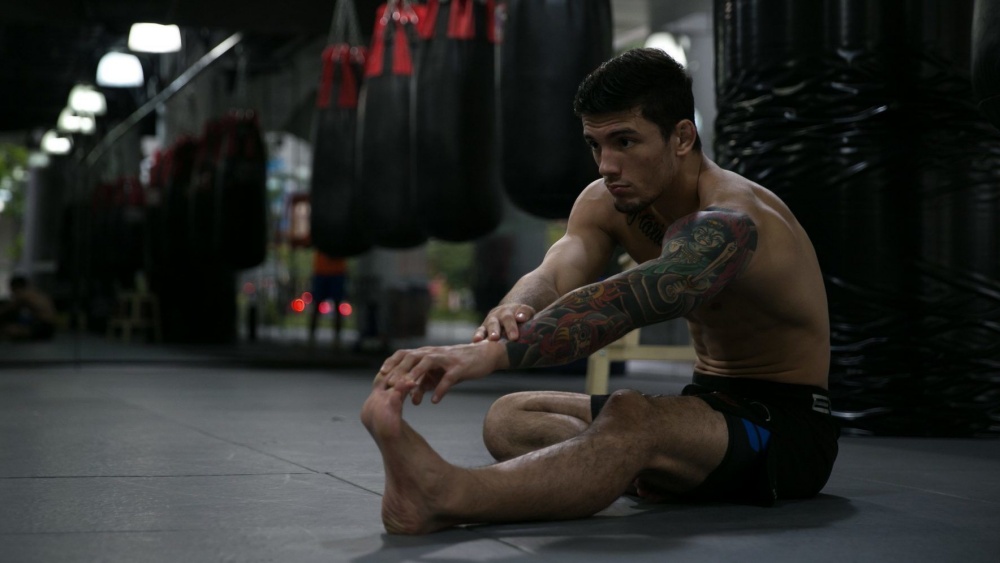
Another benefit that comes with tendon training is an increase in recovery, both in a fight and in general. Muscle itself acts as a form of armor, protecting your bones and vital organs. Fascia takes this one step further, as it envelops every muscle and bone in your body. As mentioned earlier, fascia responds to forces exerted on it. Suppose you have a well-developed fascial network. In that case, your body will respond to being hit with any blow by stiffening the fascia around the area of impact, reducing the amount of damage your muscles take. It acts as a shock absorber and explains how world-class fighters can shake off strikes that would down an ordinary person.
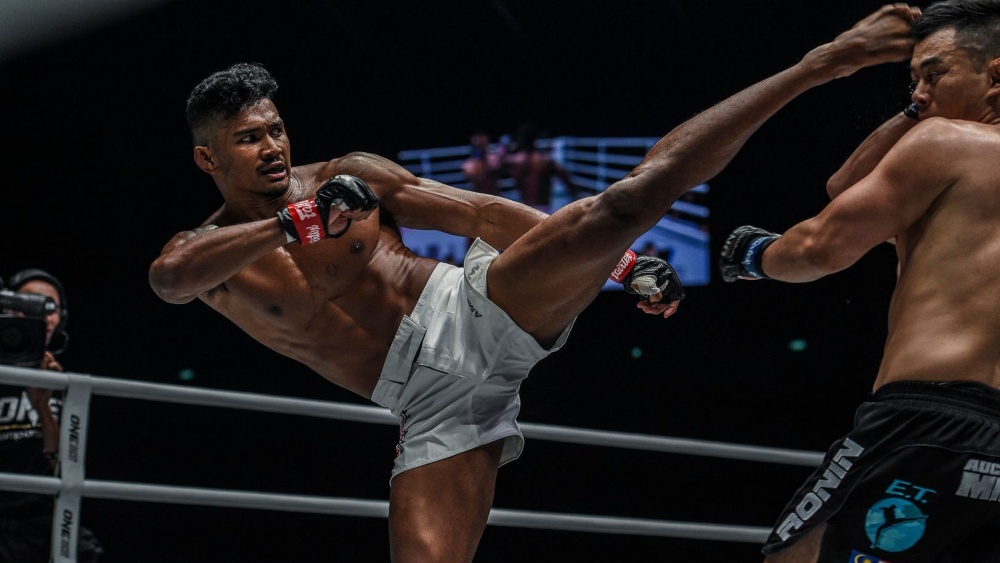
Connective tissue training greatly increases your body’s conservation of energy. It explains how some fighters can throw what looks like a flicking, light punch with insane knockout power. It also explains how fighters without a lot of muscle can possess incredible strength for their size.
Some external ways to help your fascia are massages, acupressure, and acupuncture. In fact, the meridian points in traditional Chinese medicine are almost an exact match for fascia nodes or insertion points.
To discover more about tendons, ligaments, and how they work together with fascia, look at the work of Coach Chong Xie. He has most famously worked with former UFC champion Zhang Weili, and she attributes much of her physical strength to this type of training.
You may also like:
